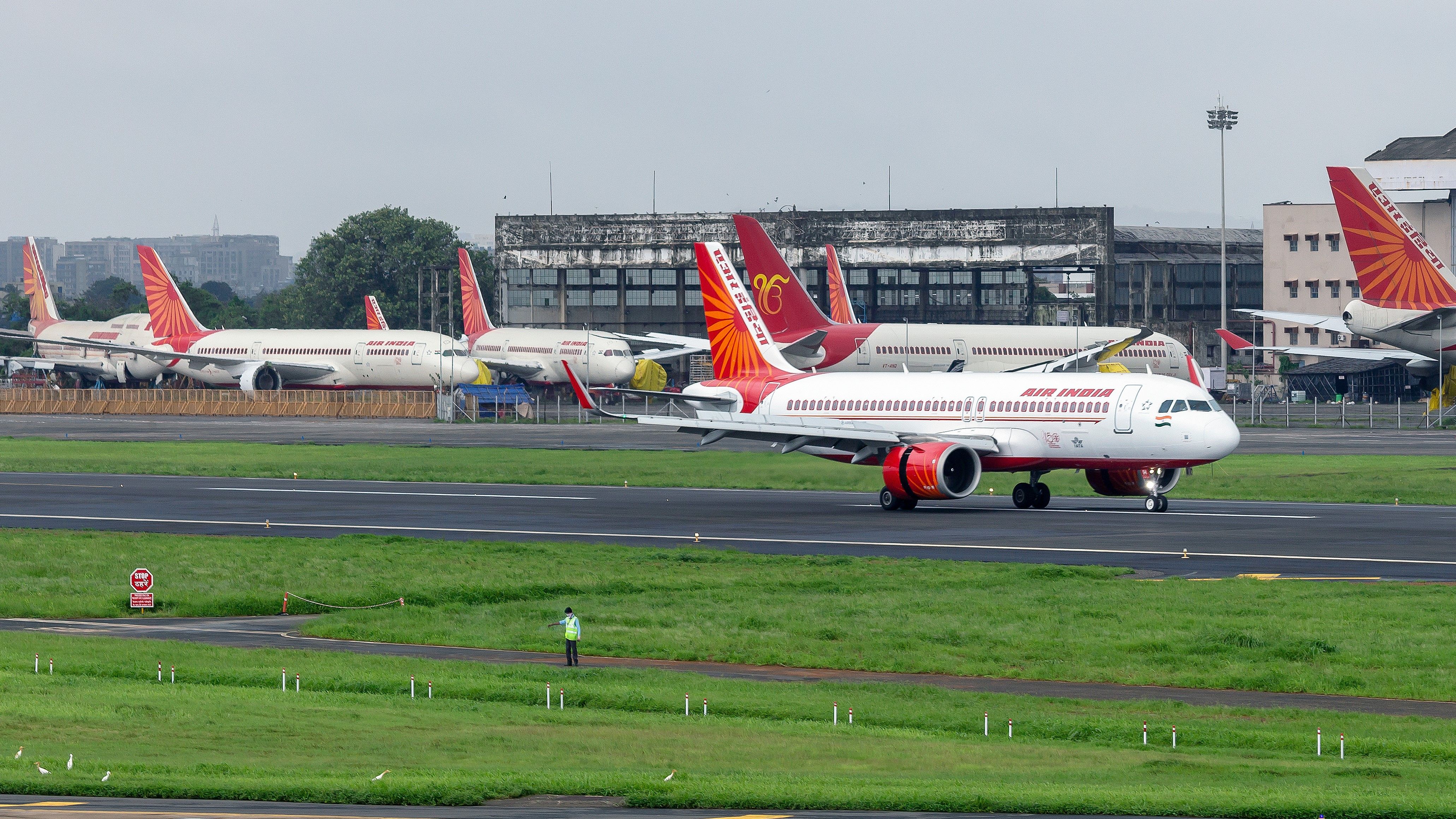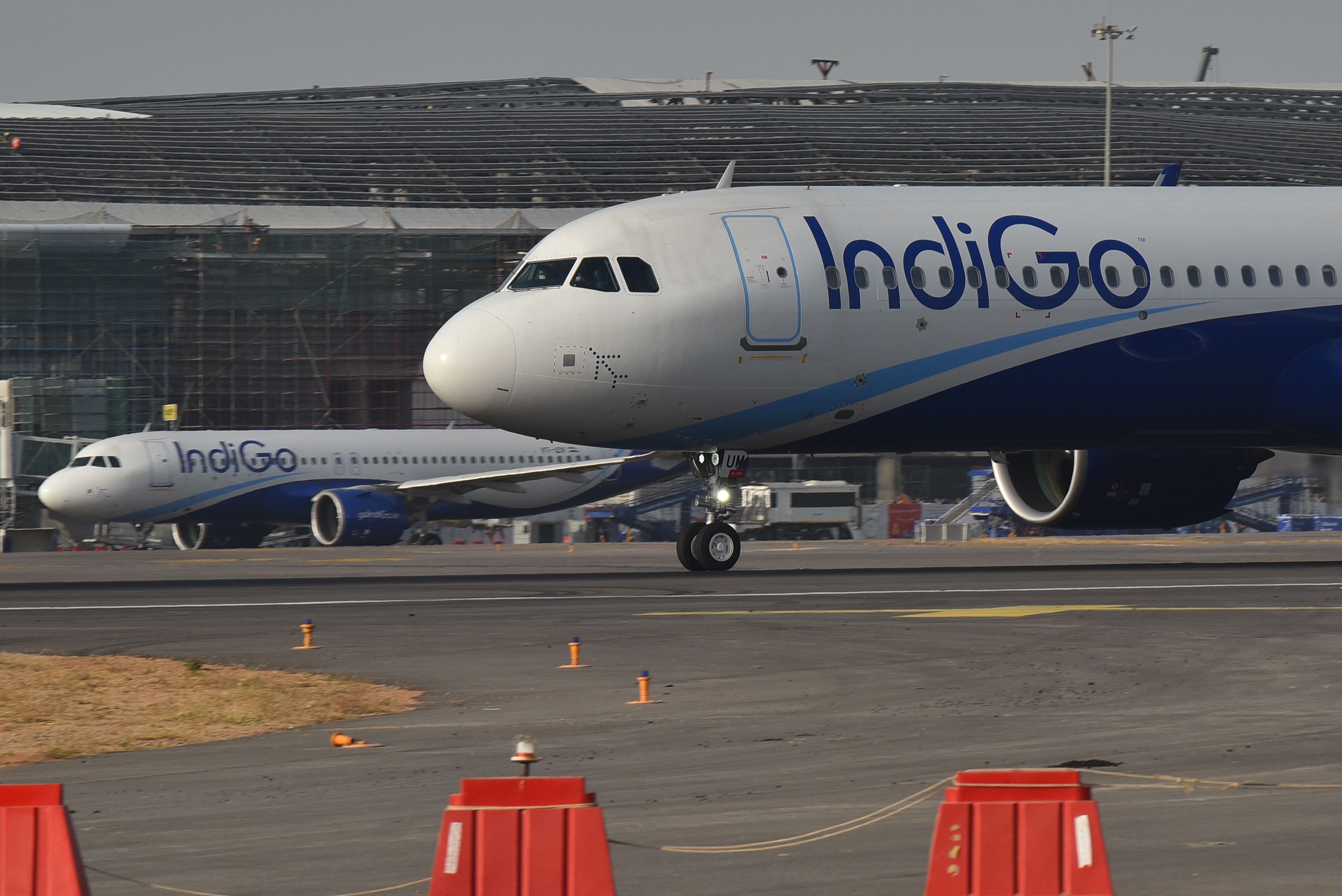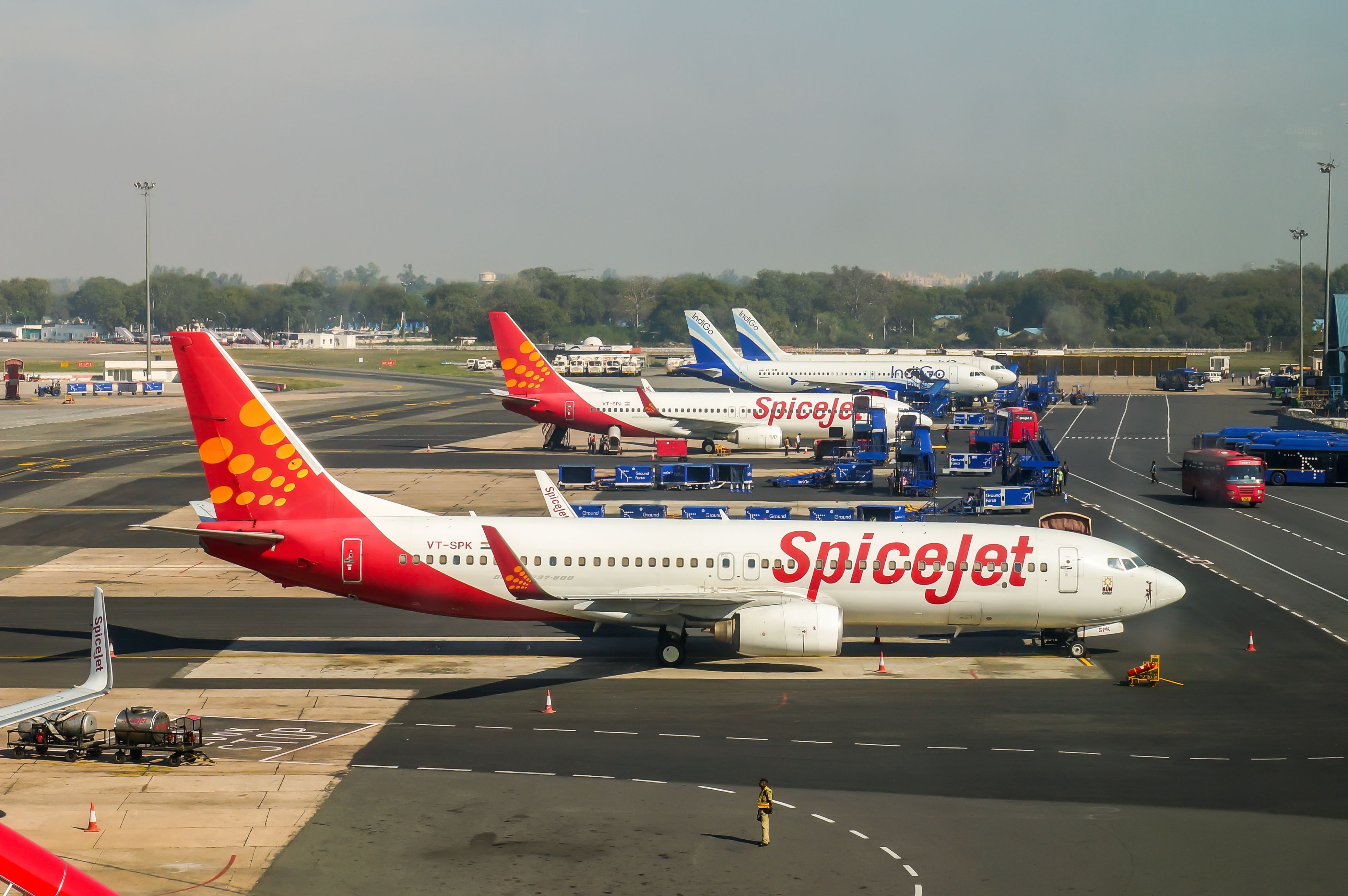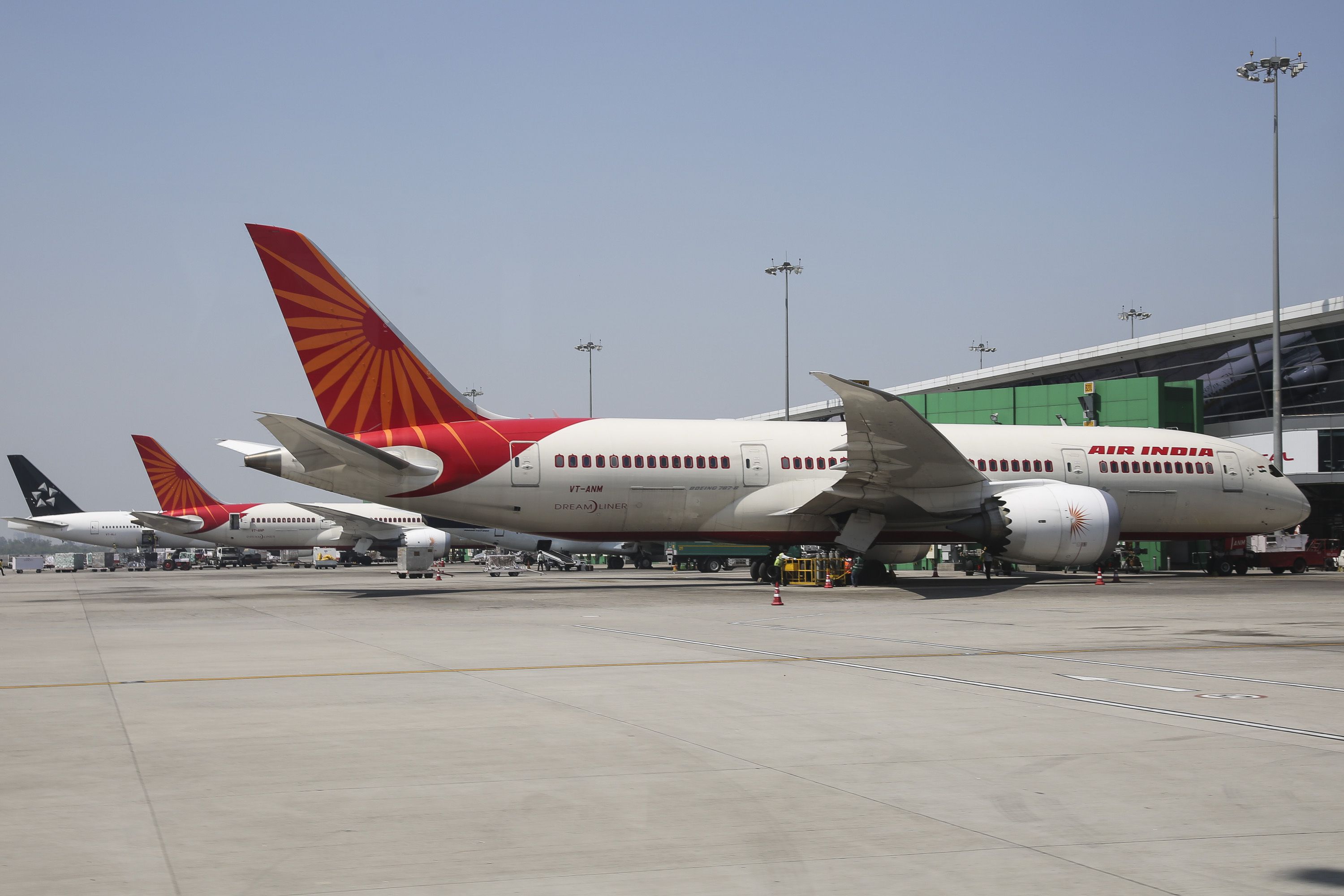That Indian aviation is slated for massive growth is well-known by now. There have been two record-braking orders by Indian carriers this year alone that will keep new aircraft trickling in steadily for the next ten years. But just how prepared is the Indian airport infrastructure to accommodate the new planes and the demand for primary slots that airlines will increasingly fight for?
Massive fleet growth
The combined fleet strength of commercial airlines in India is a little over 700 planes. Just to put things in perspective, IndiGo alone has more aircraft than that on order, and combined with Air India’s massive order and the ambitious growth plans of carriers like Akasa Air and others, Indian airports are going to get very busy and crowded.
Get the latest aviation news straight to your inbox: Sign up for our newsletters today.
While growth in aviation is a positive trend, the big plans of airlines need equally robust support from the government and other stakeholders in developing airport infrastructure. While the space in the air is infinite (though some will argue it’s not), the same can’t be said about airports.
Parking issues
Indian airports, particularly the giant players such as Delhi and Mumbai, are already approaching or have crossed the pre-pandemic numbers. However, airlines are increasingly finding it difficult to park their planes overnight at busy metro airports.
Delhi and Mumbai together have a parking space for a little over 360 aircraft for various Indian airlines. That’s around half of the entire commercial fleet of Indian carriers. Both these cities are also significant bases for airline crew.
The only option for airlines is to park their planes in non-metro airports, which doesn’t suit their schedules well because most of their traffic comes from big metros. The bigger airports are also better equipped to carry out routine maintenance activities during the non-peak hours at night.
This has led the carriers to plan their network in such a way that sometimes compromises the profitability of flights. For instance, airlines now have to force their aircraft to make the last flight of the day to smaller airports such as Ahmedabad (close to Mumbai) or Lucknow (close to Delhi) that don’t offer as much demand for early morning hours.
Can airport growth match the pace?
All major destinations around the world, such as London, New York, Paris, Chicago, and Beijing, have more than one airport to keep up with flight demand. The Indian government has finally woken up to the reality of multiple airports, with Delhi and Mumbai both slated to get their secondary airports in the near future.
Currently, there are close to 140 airports in the country, and the Indian government has given approval to 21 new greenfield airports. There’s also a considerable interest from the aviation ministry to create hub airports in India like the ones in Dubai and Singapore.
The ministry has said that the government and private sector together will spend Rs. 980 billion (almost $12 billion) in the next few years for airport development in the country. Capital has also been spent or set aside to upgrade the infrastructure of many existing airports, such as those in Chandigarh and Dehradun.
Check out more Indian aviation news here.
Adequate parking slots is one of the requirements in obtaining a no-objection certificate to import aircraft. Hopefully, the pace of airport infrastructure upgrade in India will match with the ambitions of its airlines.
What are your views on this? Please leave a comment below.




